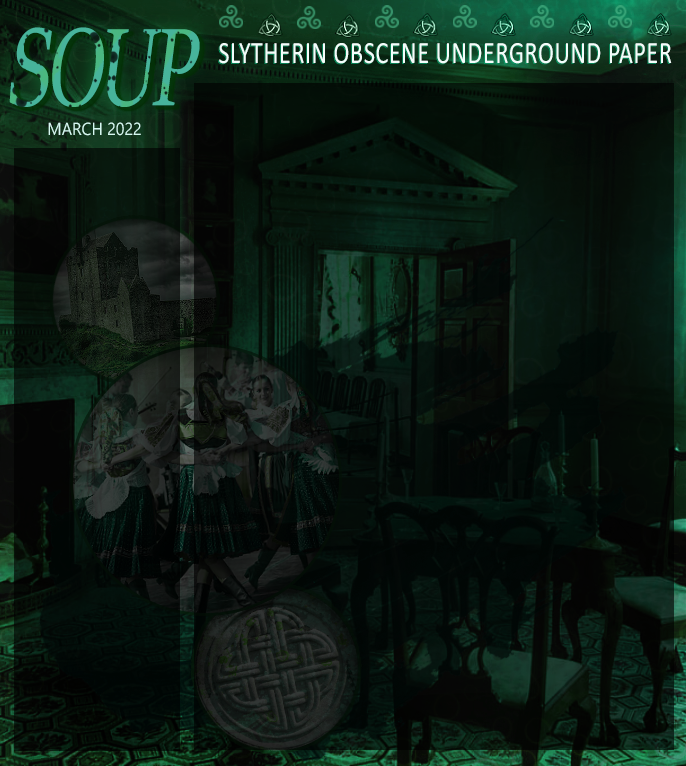Do you know what Celtic art looks like? No? I don't either. However, after extensive research, I'll admit that I spent a lot of my time in awe of Celtic sculptures. The art was a bit more difficult to find, but the sculptures were fascinating. The designs and faces created into these are absolutely mind boggling. So, instead of spending our time looking at physical paintings of Celtic origin, we're going to immerse ourselves in some fascinating sculptures, mostly ones with funky mustaches, because let me tell you, some of these are quite entertaining.
Our first sculpture is one from the 2nd Century BCE or even possibly the early 1st Century BCE. It's called the Mŝecké Žehrovice Hero. Try saying that. No, really, I don't even know where to start. If you know how to speak Czech, please let me know, I'd be curious how to pronounce the words. It was created out of limestone and is of a Celtic warrior. It's a man with a Celtic torc necklace and this fascinating mustache. Originally, this was found in Mŝecké Žehrovice, which is possibly where the name came from. Now, it's on display in the National Museum of Prague. I've actually been to see this fellow, and he's pretty cool up close. He's cool enough to be one of the most reproduced and iconic examples of ancient Celtic art. Let's just admire his mustache, shall we?

The next sculpture we're taking a look at is attributed to the Gallic tribe, the Cavares. Just take a look at this beast for a moment, before I tell you what it's supposed to be. From the first look, what do you see? Because quite honestly, what it actually is, is not what it probably really is supposed to be.

Now that you've taken a moment to appreciate this gorgeous sculpture of confusion, it's a sphinx-like creature with the head of either a lion or a wolf, reptilian qualities, the body of a human, with two La Tène-style heads, and a dismembered arm hanging from it's jaws. Who came up with this creature, I'm not entirely sure, but I wouldn't want him haunting my nightmares. Supposedly, the sculpture of the beast is meant to celebrate the warrior culture of the cavares, but it's also associated with Gallic Celtic cults. With some sculptures lately, you really never know. If you'd like to see the statue, you can find it at the Musée Lapidaire in France.
After looking at these statutes, one of a man with a fantastic mustache and one of a creature I could never make up in my wildest dreams, do you believe you understand Celtic sculptures? I can't say that I do, but I sure enjoyed learning and staring at these sculptures. Now, I'll be thinking about this creature for the next couple days. What are your feelings on him?
Stay artsy, friends!- Aria
Sources:
- https://theculturetrip.com/europe/united-kingdom/england/london/articles/the-most-stunning-celtic-artworks/
- https://www.worldhistory.org/Ancient_Celtic_Sculpture/
